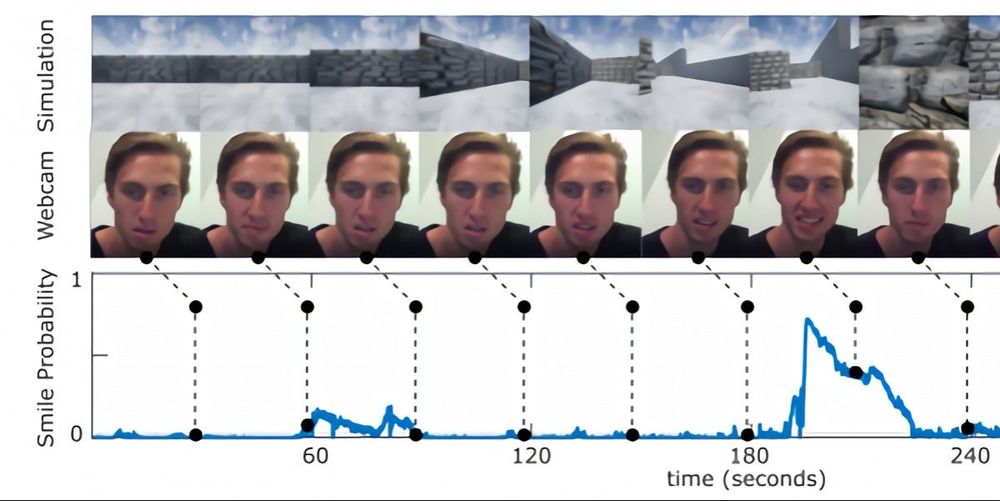A new type of arms race could be on the cards.


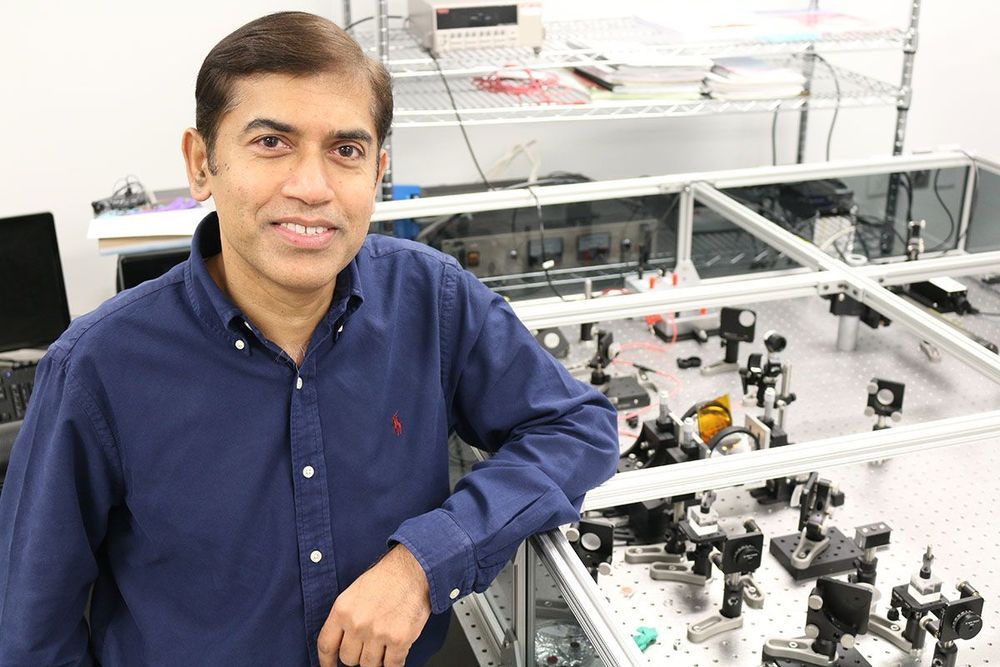
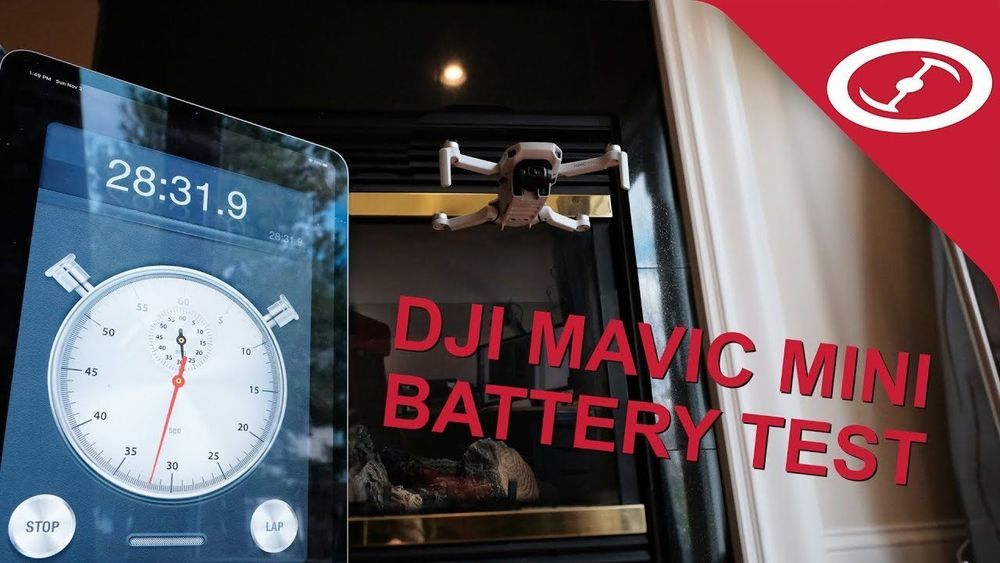
Zero Zero Robotics has publically released its latest product, the V-Coptr Falcon, a v-shaped bi-copter. The drone can achieve a flight time of 50 minutes thanks to its two motors, which are attached via tilting arms. The V-Coptr Falcon also has a 4K 3-axis stabilized camera, obstacle avoidance, and a 7km transmission distance.


Samsung disclosed that it will introduce an “artificial human” called Neon at CES 2020 on Jan. 7 that is totally different than its artificial intelligence (AI) assistant Bixby, Digital Trends reported.
The limited information about Neon was shared on Samsung’s Twitter account, and includes an “Artificial Human” teaser in several languages with the tagline “Have you met an ‘artificial’?”
Samsung’s social media posts indicate that Neon is an “artificial intelligence being” and “best friend.”
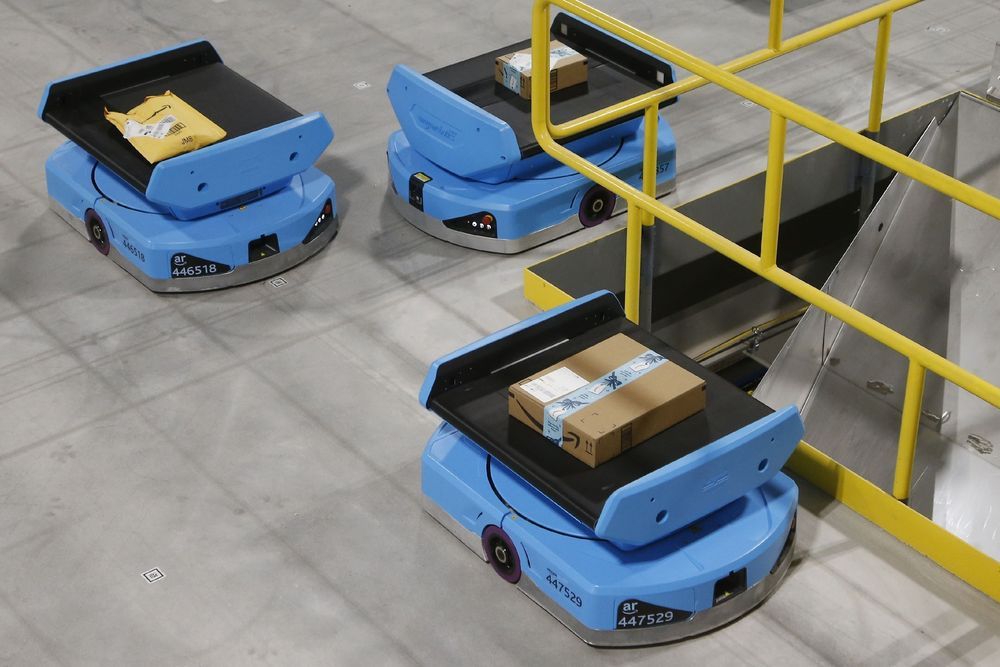
“When you’re out there, and you can hear them moving around, but you can’t see them, it’s like, ‘Where are they going to come from?’,” she said. “It’s a little nerve-racking at first.”
Amazon is increasingly requiring warehouse employees to get used to working with robots. The company now has more than 200,000 robotic vehicles it calls “drives” that are moving goods through its delivery-fulfillment centers around the U.S. That’s double the number it had last year and up from 15,000 units in 2014.
Its rivals have taken notice. Many are adding their own robots in a race to speed up productivity and bring down costs.

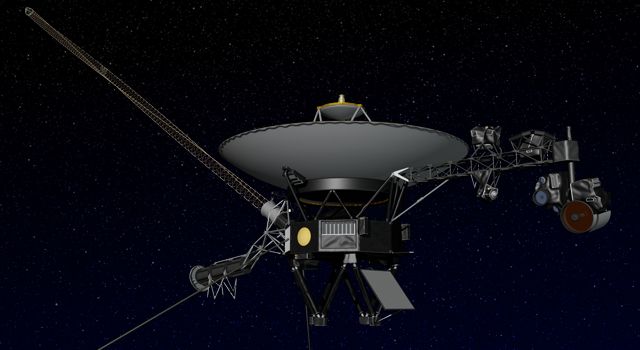
A pair of researchers, one with the Max Planck Institute for Astronomy, the other with the Jet Propulsion Laboratory at CIT, has found a way to estimate how long it will take already launched space vehicles to arrive at other star systems. The pair, Coryn Bailer-Jones and Davide Farnocchia have written a paper describing their findings and have uploaded it to the arXiv preprint server.
Back in the 1970s, NASA sent four unmanned space probes out into the solar system—Pioneer 10 and 11, and Voyager 1 and 2—which, after completion of their missions, kept going—all four are on their way out of the solar system or have already departed. But what will become of them? Will they make their way to other star systems, and if so, how long might it take them? This is what Bailer-Jones and Davide Farnocchia wondered. To find some possible answers, they used the Gaia space telescope. It was launched by the European Space Agency back in 2013 and has been stationed at a point just outside of Earth’s orbit around the sun. It has been collecting information on a billion stars, including their paths through space. The latest dataset was released just last year on 7.2 million stars.
With data describing the paths of the four spacecraft and data describing the paths of a host of stars in hand, the researchers were able to work out when the paths of the four spacecraft might approach very far away star systems.
